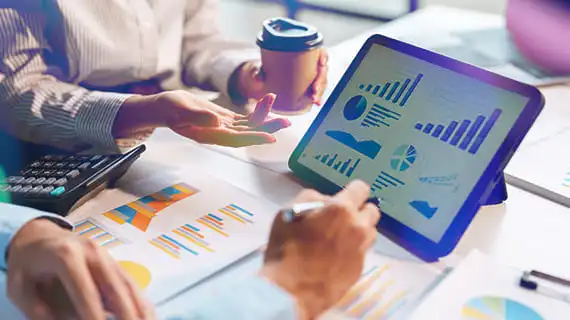The Power of Data Visualization Using Tableau
PRACTICES
Customer Experience
Customer Experience
Customer Experience
Customer Experience
Customer Experience
Customer Experience
Customer Experience
Customer Experience
Customer Experience
Customer Experience
Customer Experience
Customer Experience
Customer Experience
Customer Experience
Customer Experience
Customer Experience
Customer Experience
Customer Experience
Customer Experience
Customer Experience
Customer Experience
Customer Experience
Customer Experience
Customer Experience
Customer Experience
Customer Experience
Customer Experience
Customer Experience
Customer Experience
Customer Experience
Data & Generative AI
Data & Generative AI
Data & Generative AI
Data & Generative AI
Data & Generative AI
Data & Generative AI
Data & Generative AI
Data & Generative AI
Data & Generative AI
Data & Generative AI
Data & Generative AI
Data & Generative AI
Data & Generative AI
Data & Generative AI
Data & Generative AI
Data & Generative AI
Data & Generative AI
Data & Generative AI
Data & Generative AI
Data & Generative AI
Data & Generative AI
Data & Generative AI
Data & Generative AI
Data & Generative AI
Data & Generative AI
Data & Generative AI
Data & Generative AI
Data & Generative AI
Data & Generative AI
Data & Generative AI
Application Engineering
Application Engineering
Application Engineering
Application Engineering
Application Engineering
Application Engineering
Application Engineering
Application Engineering
Application Engineering
Application Engineering
Application Engineering
Application Engineering
Application Engineering
Application Engineering
Application Engineering
Application Engineering
Application Engineering
Application Engineering
Application Engineering
Application Engineering
Application Engineering
Application Engineering
Application Engineering
Application Engineering
Application Engineering
Application Engineering
Application Engineering
Application Engineering
Application Engineering
Application Engineering
Modernization Strategies
Modernization Strategies
Modernization Strategies
Modernization Strategies
Modernization Strategies
Modernization Strategies
Modernization Strategies
Modernization Strategies
Modernization Strategies
Modernization Strategies
Modernization Strategies
Modernization Strategies
Modernization Strategies
Modernization Strategies
Modernization Strategies
Modernization Strategies
Modernization Strategies
Modernization Strategies
Modernization Strategies
Modernization Strategies
Modernization Strategies
Modernization Strategies
Modernization Strategies
Modernization Strategies
Modernization Strategies
Modernization Strategies
Modernization Strategies
Modernization Strategies
Modernization Strategies
Modernization Strategies









